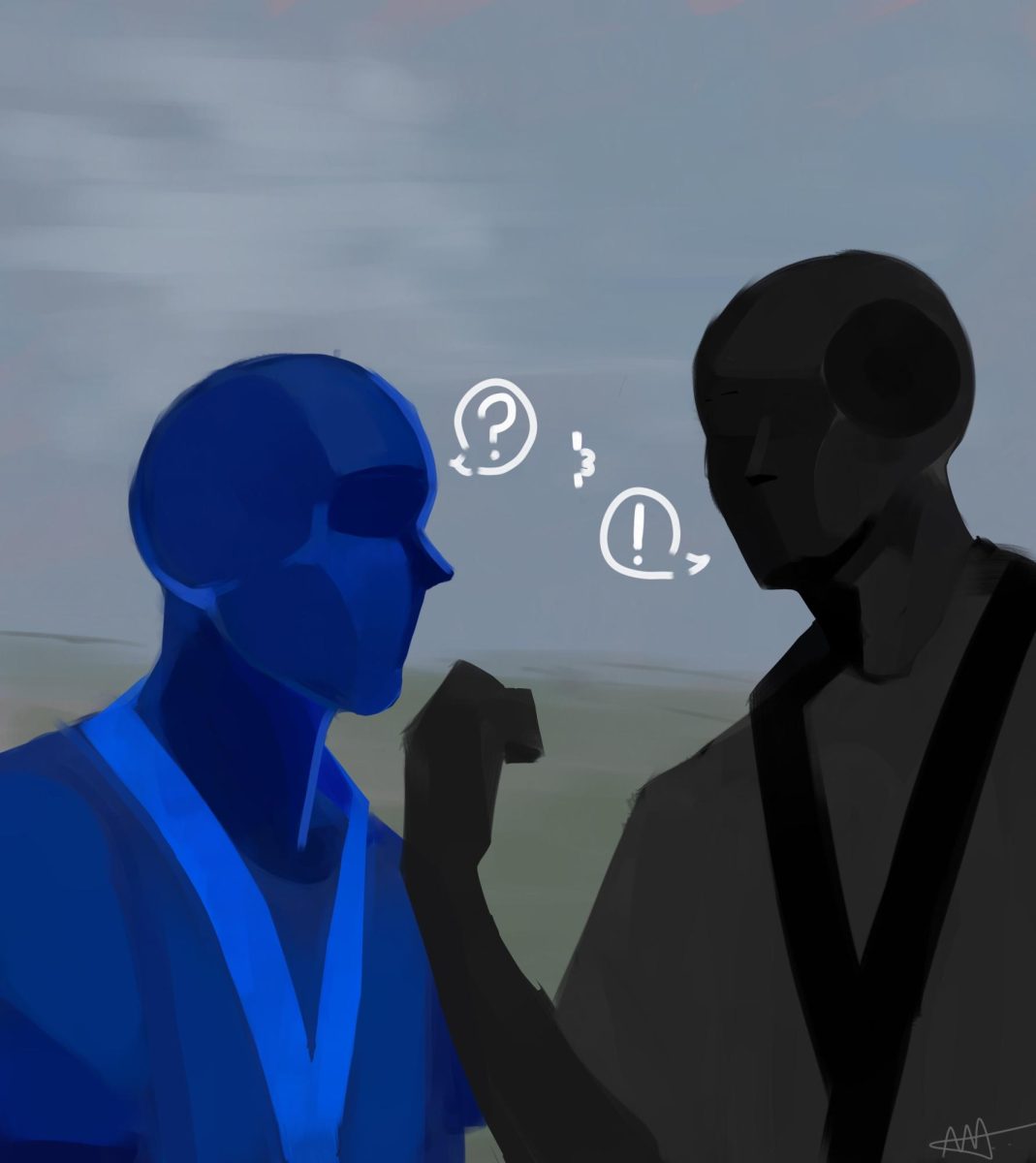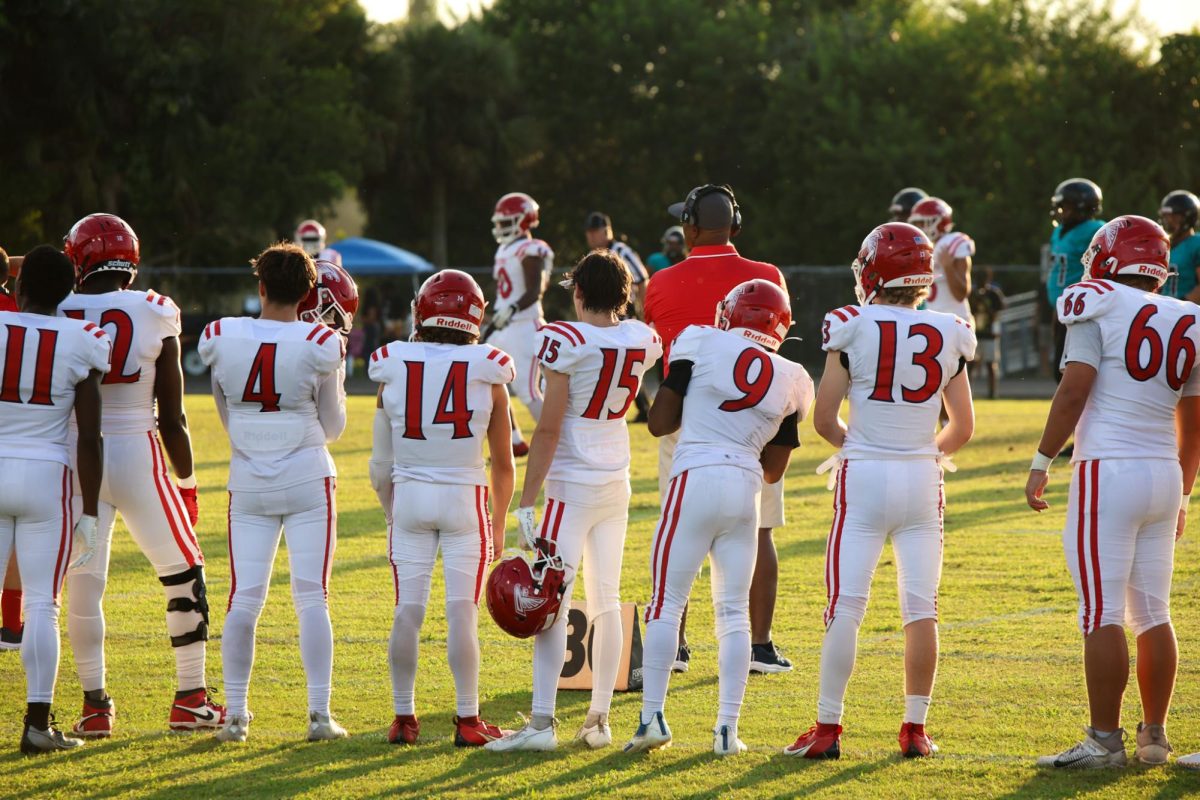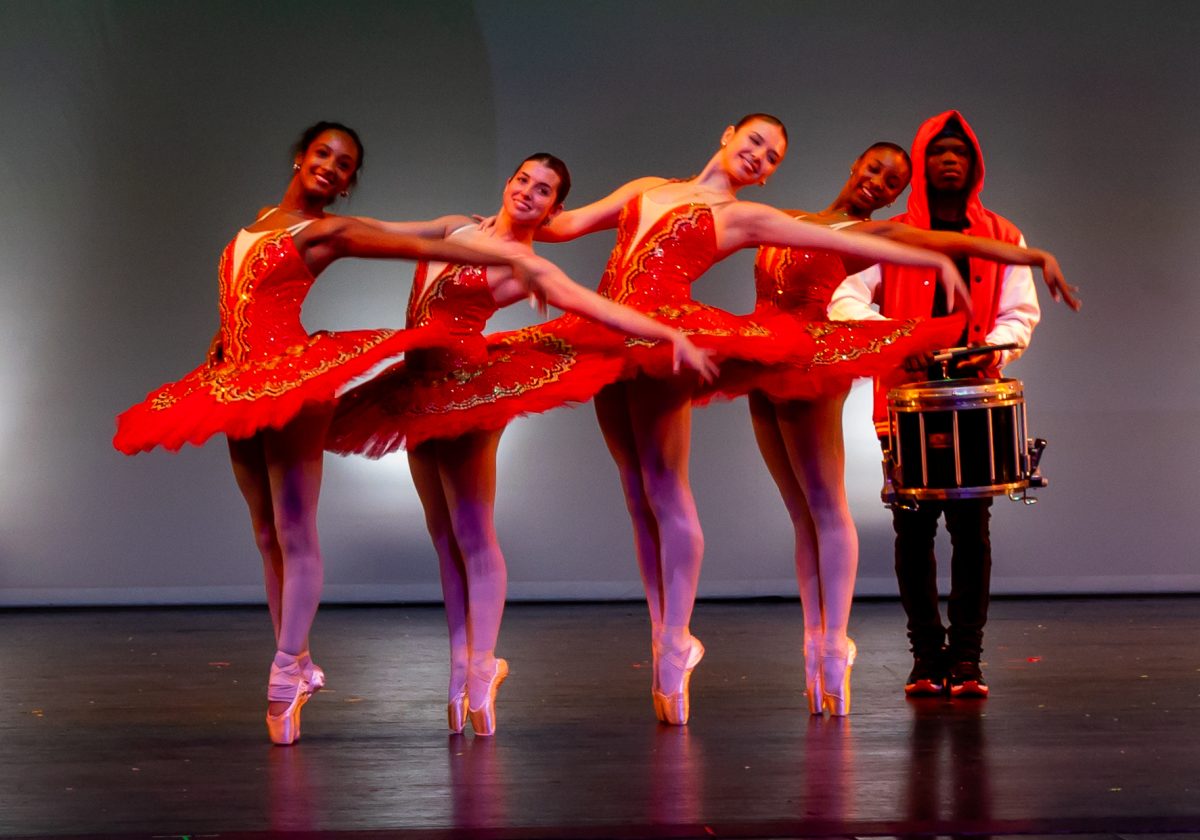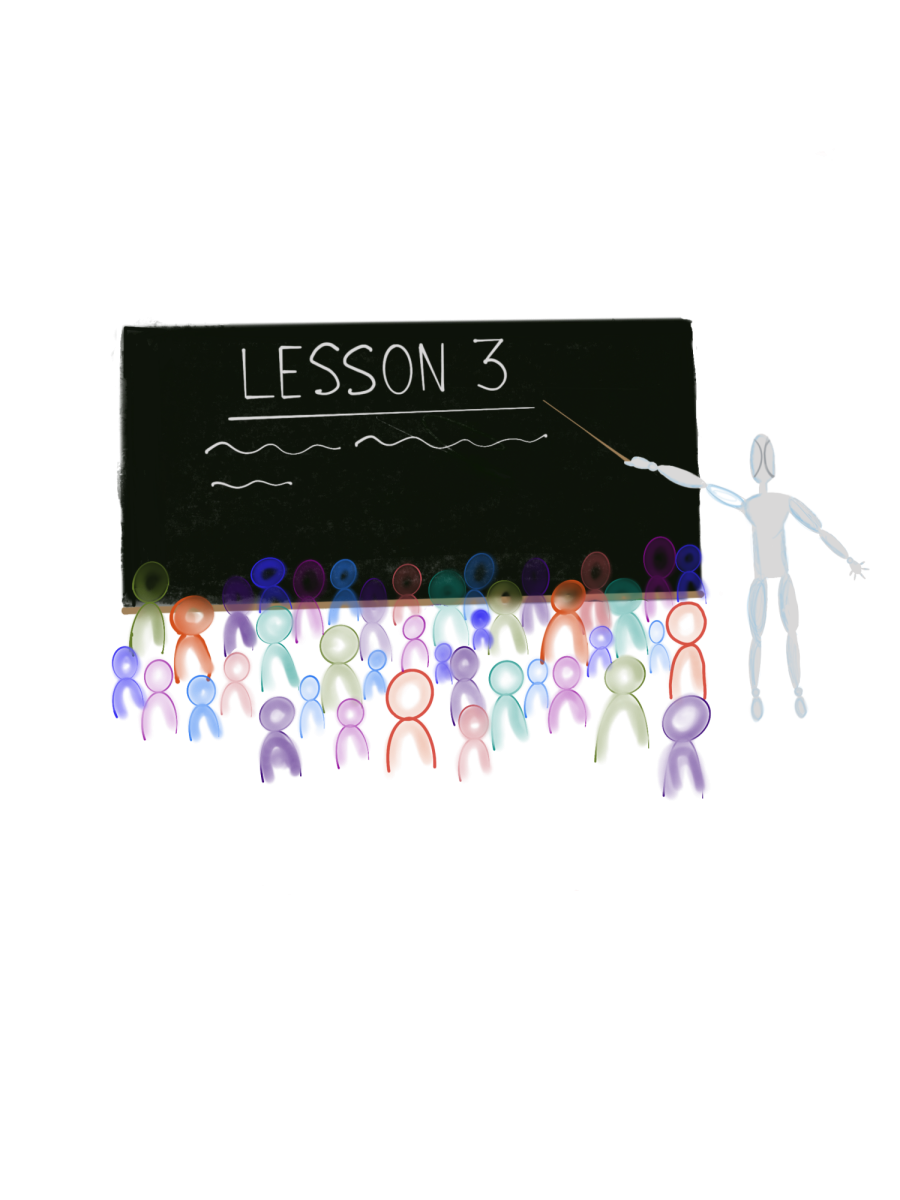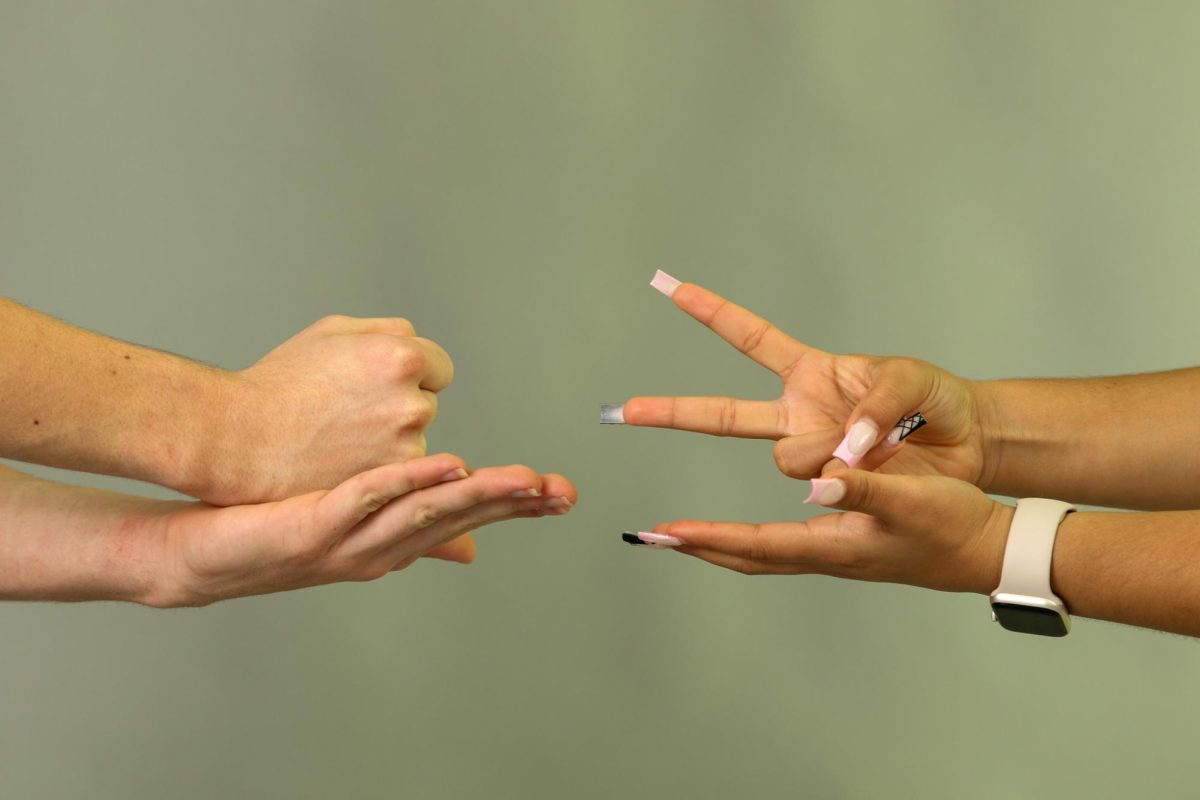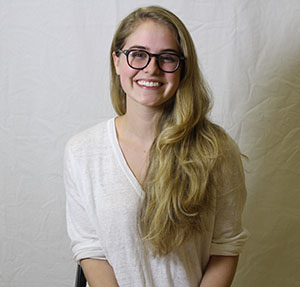Through my numerous trips to the art gallery, I have come to the realization that you are not a digital arts student if you do not strip your boniest friend to nothing but a bandeau and contort her body in to an “art form” of its own. Do not worry if this image looks strikingly similar to the senior pieces from the year before, or even to that of the student next to you in the dark room. Dreyfoos students and faculty will surely praise your contributions and the new insight you bring to our school.
If your favorite composer is not Chopin, make him your favorite. When asked, “Who is your favorite composer?” think a minute, tilt your head and say “obviously Chopin.” Disregard the fact that every other student who has taken AP Music Theory will respond “It has to be Chopin.”
Read as much John Green as you can. Use your speech skills and wave your hand at the fact that you are taking college level English courses but still browse the teen fiction collection at Barnes and Nobles. Start with “The Fault in Our Stars,” then move on to “Looking for Alaska.” If you aren’t the avid reader just watch Crash Course and tell people that yes, you are familiar with the works of the literary tactful Mr. Green.
Dreyfoos students and faculty rest on the self fulfilling satisfaction that we are an accepting environment. We claim to promote art, individualism, creativity. But do we? Or is our artistic curriculum only exposing us to norms in the art world? Sometimes I feel like the components, the students, of Dreyfoos are only a hindering aspect of our community rather than engaging and perceptive to our creations.
I read about three books at a time. Home, school, and bag books. I was carrying around one of Dostoevsky’s shorter works, a satire. My classmates could not seem to comprehend the idea of this reading activity. If I was reading, why I was not reading a book from the plethora of great pop fiction? My teachers have asked me about the books in my lap. Harry Potter, maybe? No, a foreign 70s war novel. I figured that as communications students we would be rejecting the works of mass culture, divulging in literature and the craft of linguistics. Rather I was rejected for carrying around an unidentified book.
If someone told you that they listen to Mahler in the dark they would be labeled pretentious. Dare a dancer to identify her teasing motions and she will tell you it is symbolic of internal struggles, anxieties. Students will praise the dancer’s emotional connection to her art. Is that emotion really there, though? Or is it an attempt to be deep? If one student asked another to read and critique their poetry, the action of pretending to look over it, nodding your head to the profound depths, would be misinterpreted as an art school custom. Because we all hate poetry, right?
We are monochromatic art students. Our creativity has broken us down in to a process. If our creations do not align with the tier of respect and previous creations from our peers, then we will reject them.






![[BRIEF] The Muse recognized as NSPA Online Pacemaker Finalist](https://www.themuseatdreyfoos.com/wp-content/uploads/2025/03/IMG_2942.jpeg)



















